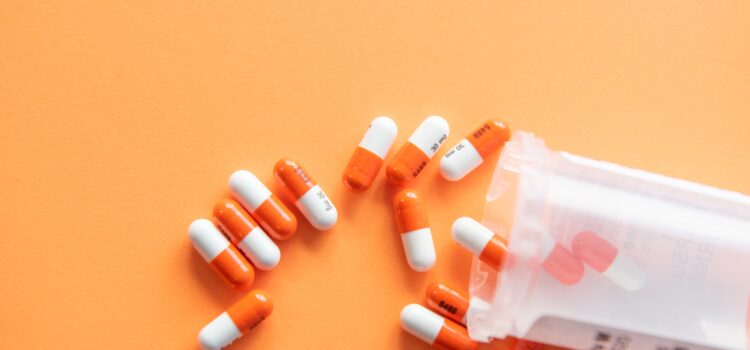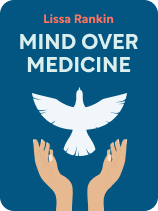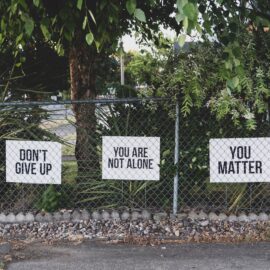

This article is an excerpt from the Shortform book guide to "Mind Over Medicine" by Lissa Rankin. Shortform has the world's best summaries and analyses of books you should be reading.
Like this article? Sign up for a free trial here.
What is the difference between placebo and nocebo? To what extent do a patient’s beliefs about medical treatment influence its outcome?
Placebo is the healing effect conferred by a fake medical treatment. Nocebo, on the other hand, is the opposite of placebo—whereby the negative beliefs about a medical treatment produce ill health effects.
Here’s a look at the psychology behind placebo and nocebo.
Placebo
Rankin explains that believing you received medical treatment (or didn’t receive treatment) affects your interpretation of how sick or injured you are as well as the physiology of your body. This has been proven by the placebo effect. For example, in one study cited by Rankin, half of the patients received knee surgery and the other half believed they received surgery but didn’t. The placebo group was sedated, had three incisions made on their knee, and afterward were shown a video of a procedure that they believed had been performed on them. One-third of these patients with the placebo operation experienced relief from their knee pain—the same amount of people who felt relief from the actual surgery.
The placebo effect isn’t just limited to your perception of pain—it can also alter your physiology. For example, placebos have helped people grow hair, lower their blood pressure, and even shrink cancerous tumors. In one case, Rankin explains that a patient riddled with tumors was treated with an experimental drug he believed would cure his cancer. Despite his dismal prognosis, this patient’s tumors vanished just ten days after receiving the experimental drug. Afterward, a scientific report was released saying that the drug administered to this patient was ineffective. When the patient heard this news, he lost belief in the drug and his tumors returned.
However, the patient’s doctor suspected that his positive belief in the drug was the key factor in his spontaneous improvement. So, the doctor issued this patient a placebo in place of the drug and told his patient it was a more effective version of the experimental drug he’d previously been administered. Again, the patient’s tumors vanished. Unfortunately, another report was later released proving the drug was completely ineffective. After hearing this news, the patient’s cancer returned and he died just a couple of days later.
Nocebo
Rankin’s story of the tumor patient illustrates that positive beliefs about treatment can promote well-being, but she adds that negative beliefs can have ill effects on your health. The latter is known as the nocebo effect—the opposite of the placebo effect—in which negative beliefs about the drug or treatment you’ve received lead to negative health outcomes. For example, Rankin cites one study that found that 30% of people who were given saline water and told it was chemotherapy lost their hair and vomited, both of which are common side effects of chemo.
As the placebo and nocebo effects demonstrate, your beliefs matter for your health. Rankin says this is also true for your general outlook on life. Research shows that a pessimistic mindset makes you more likely to suffer from illnesses like heart disease and it lowers your overall lifespan. On the other hand, an optimistic mindset helps you prevent illness, recover from illness faster, and live a longer life.
| Avoiding Unintentional Nocebo The nocebo effect is so pervasive in clinical trials that researchers have raised ethical concerns about the harm participants experience from simply being informed of the risks involved with participating in trials. Researchers are required to inform participants of any possible risks involved with the trials they’re participating in, but simply telling people about potential harms can actually cause them harm. For example, one study found that of 250,000 participants given a placebo pill, half of them experienced some of the negative side effects they were warned about. For this reason, one researcher proposes that they should frame risk information in a more positive, but still accurate, way. For example, instead of telling a patient that 5% of people who receive a certain treatment get sick, a doctor could tell them that 95% of people experience no symptoms. |

———End of Preview———
Like what you just read? Read the rest of the world's best book summary and analysis of Lissa Rankin's "Mind Over Medicine" at Shortform.
Here's what you'll find in our full Mind Over Medicine summary:
- How a healthy mind can heal physical ailments
- How our beliefs, our relationships, and our jobs affect our health
- How to improve the most important parts of your life






